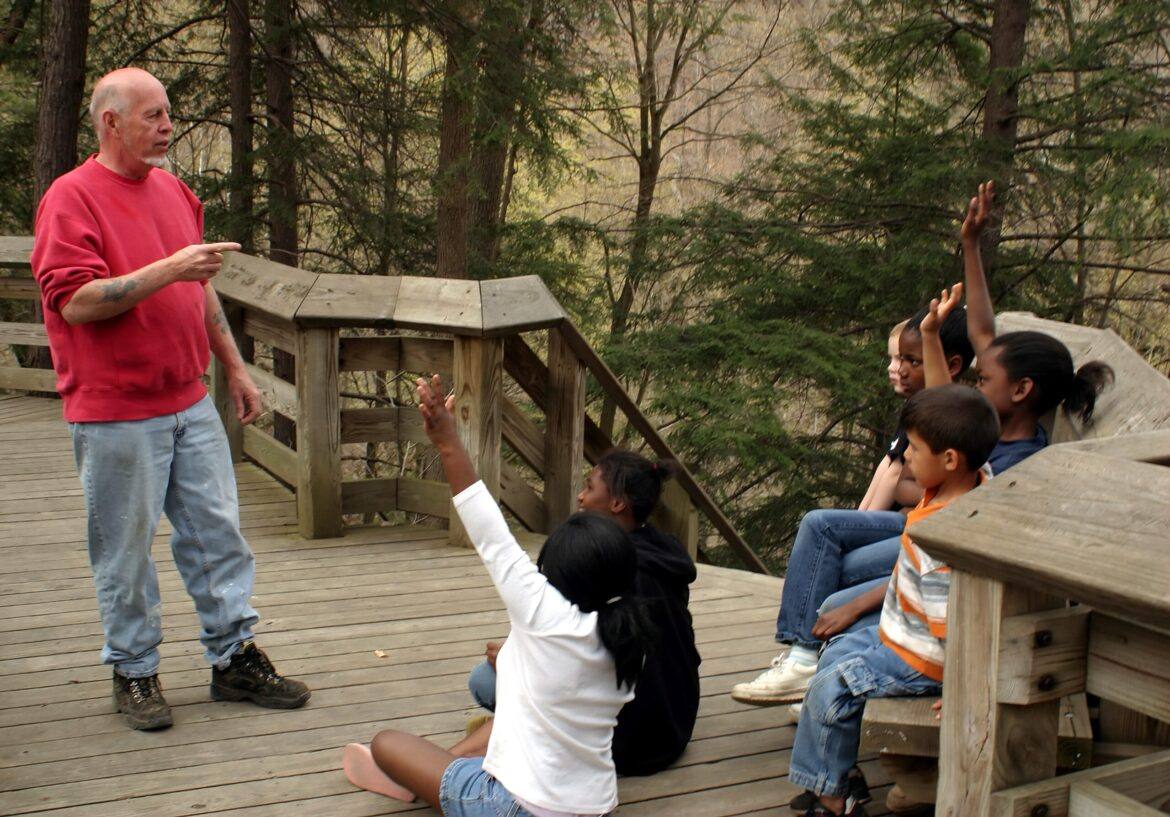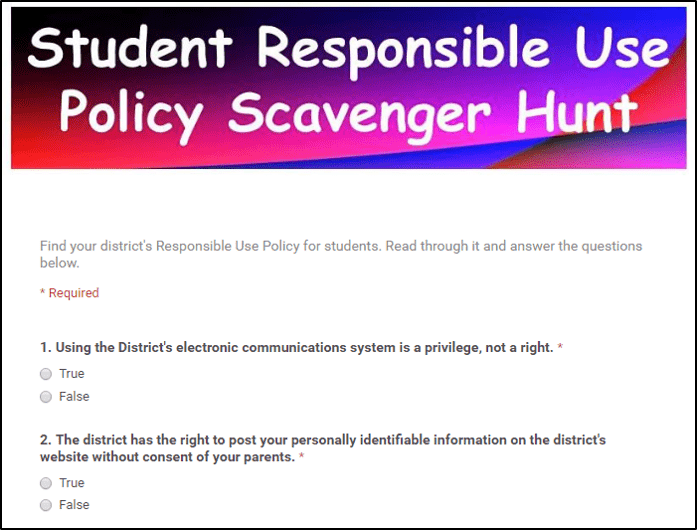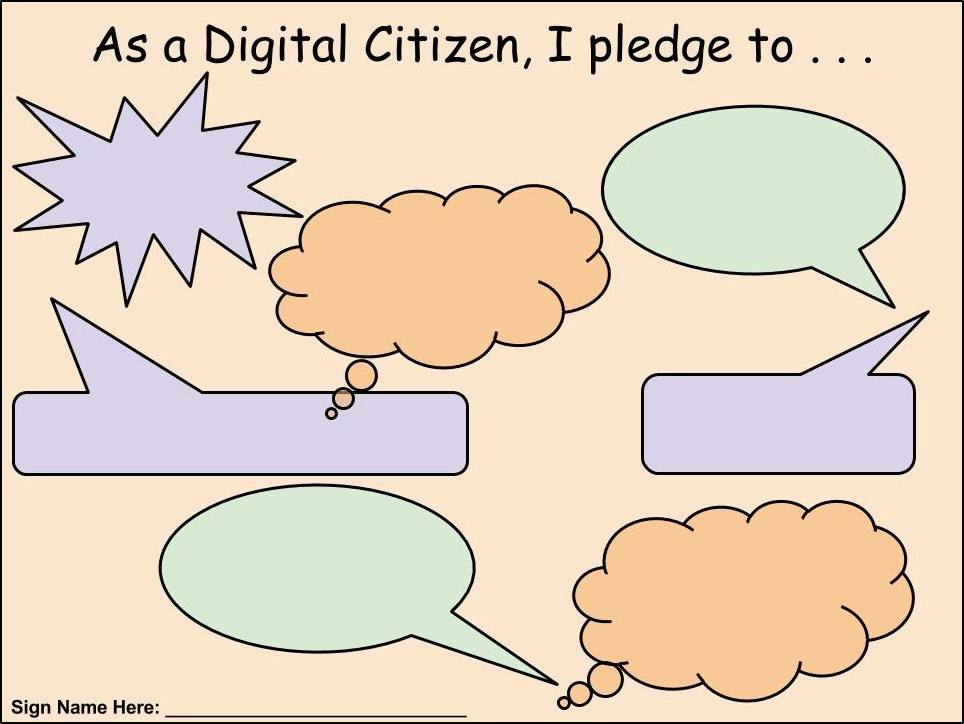This is a guest post by Anthony Mason (@edtechmason), a Digital Instructional Coach at Naaman Forest High School in Garland ISD.
If you talk to any parent, teacher, or principal, there is nothing more important than the safety and security of our students at home and at school. It’s our number one concern as educators.
However, even as we protect students from the analog world, we sometimes forget to teach them the skills they need to be safe in the complex, ever-changing digital world. These discussions need to happen every day in conversations, lessons, and interactions in order to encourage good digital citizenship and online safety. A good framework for students, parents, and teachers to follow is the Nine Elements of Digital Citizenship.
Below are five practical ways to encourage good digital citizenship habits into students’ everyday device use and keep students thinking and talking about their online experiences and interactions with the trusted adults in their lives.
- Set restrictions on where and when technology can and should be used. Don’t allow devices to be used at the dinner table. Don’t allow devices to be used right before bedtime. Limit the number of hours devices can be used during leisure time.
- Talk to your kids daily about how they are using their devices. Whenever possible, have them use devices in a common area with appropriate supervision.
- “Never talk to strangers” is one of the most common ways parents and teachers teach students to protect themselves. Protect students’ privacy and keep them safe by teaching them not to share personally identifiable information of any kind online, including location information (via metadata in photos) and full name.
- Be a positive example and role model for students to emulate. Students will not do what you say; they will do what you do.
So never, ever drive distracted. Model appropriate use of technology in the home, classroom, and other public settings. - Always remind students to T.H.I.N.K. before they post any text, videos, and/or photographs online. Is it True? Is it Hurtful? Is it Illegal? Is it Necessary? Is it Kind? Kids might not fully understand that their digital footprint is traceable and un-erasable. Recently, students have lost out on jobs and scholarships and even been kicked out of school because of negative posting online and bad digital footprints.
This is not an exhaustive list. Visit www.digitalcitizenship.net and www.commonsensemedia.org for more information on keeping our children safe and secure in a digital world and to learn more about digital citizenship. As education technology integration continues to grow and expand, parents and teachers can help students navigate the murky waters of the digital landscape with ease.
To Learn More About Digital Safety
- The November 2016 TechEdge takes up Safety, Security, and Support, offering you stories and ideas about keeping our students and their data safe online. Watch your snail mail and email boxes for this upcoming issue.
- On December 9, 2016, the TCEA Technology Leadership Summit: Security will be held at the TCEA Conference Center in Austin.









